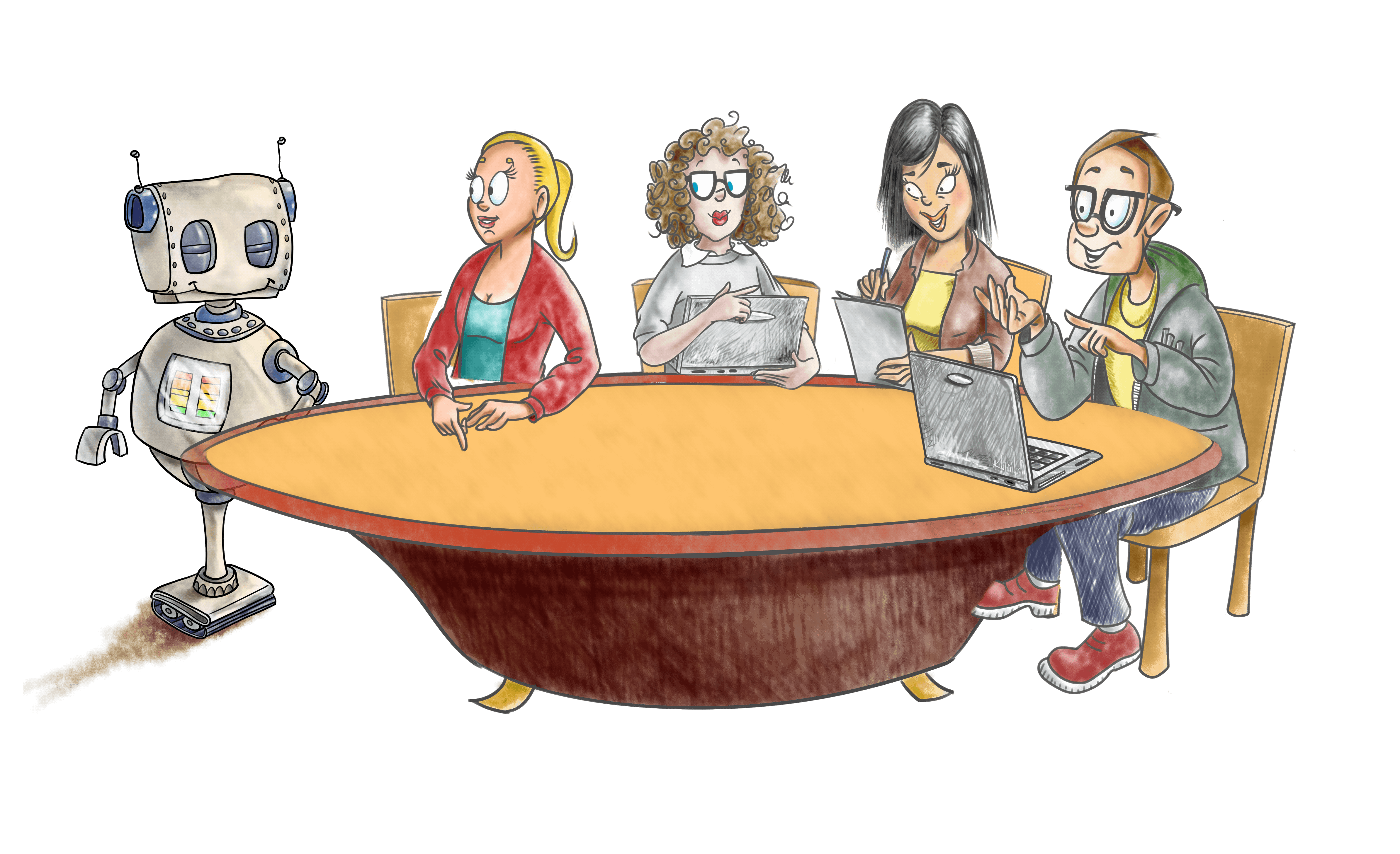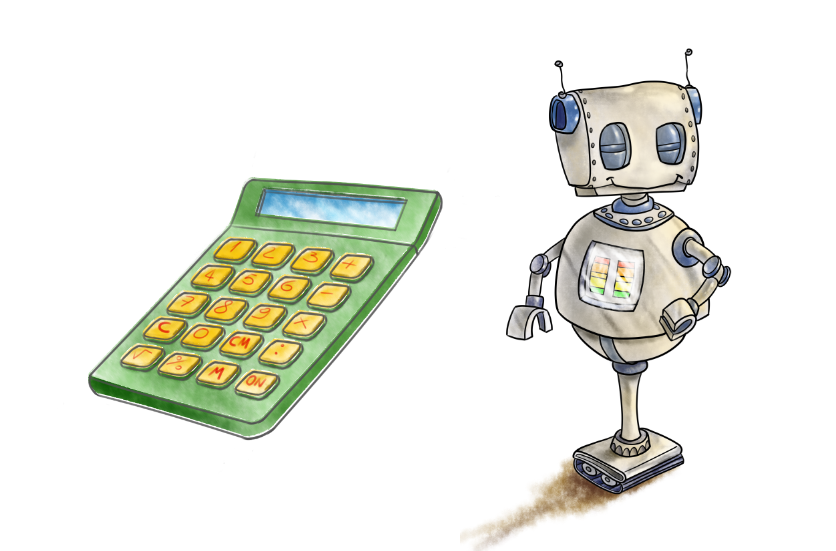
We’ve all heard the term “soft skills” before; it’s what stops us giving it right back when a customer yells at you because their food is five minutes late, or you took more than five minutes to resolve their complaint, or you won’t let them return a jacket without tags, which has a big stain on it that was there “before they bought it.” Soft skills not only stop you screaming right back, they help you disarm the situation and leave the customer thinking “wow, what a lovely company that is”. Soft skills are the face of the company. They’re what keeps people coming back.
Patience, understanding, the ability to turn a bad situation into a good one - these are the bedrock of industry; from call centres, to retail, to hospitality. Soft skills are what brought man out from the industrial revolution, into the age of Apple and customer service and spending an extra $700 because that wasn’t a salesman, he's my friend. And yet, despite how integral soft skills are to customer service, companies seem confused about how to actually train these skills, or even if they can be trained at all.
Can you teach soft skills?
A lot of the discourse surrounding soft skills says they’re innate, can’t be taught, you’ve got it or you don’t. You’re either charismatic, or you’re not. Understanding, or not. Empathetic to the customer’s complaint, or not.
But this is so obviously a fallacy.
Have you ever met a child? Children are just adults without soft skills. When I was 16 my little cousin pointed a grubby finger at my acne’d skin and asked me what was wrong with my face. If I were asked to complete a survey rating how compassionate I thought my cousin was at that age, I would put a big tick next to “absolutely not”.
So we do learn soft skills. Adults have learned to control their impulses for rudeness, and instead treat others with (at least for the most part) respect, dignity, and compassion.
And what about the biggest, baddest, most billionaire-creating example of teaching soft skills? The one that made that smooth block of glass and metal in your hand: Apple. Have you ever had an interaction with an Apple Genius where you didn’t feel completely understood? As though you’ve finally been truly heard for the first time in your life? As though $1500 on a phone that lasts maximum two years is completely reasonable because it’s going to meet all your needs, both technological and personal? Apple has invested in the soft skills part of its customer service training, and it’s got the customer retention rate to prove it.
Attempts to train soft skills
Unfortunately for company and consumer, most companies don’t train their customer service team like Apple does. It’s not completely ignored, of course. I’m sure anyone who’s ever worked in customer service has been told they need to listen to the customer. You might have even been given a workshop on how to speak to customers, and maybe even given a script with a bunch of common customer interactions in it for you to refer to. But that was a long time ago, it’s all getting a bit fuzzy. And it’s hard to flick through a script while you’re actually talking to a customer. So you’re left, for the most part, to figure it out on your own.
Why is soft skills training done so poorly?
There’s a lot of reasons why customer service training is often done so poorly. However, for me the biggest factors are:
- Time and cost – Time training is time away from work. This increases costs, and leaves less time for customer service representatives to actually serve the customer.
- Lack of understanding – Most of us don’t actually understand the way that humans learn. School, university, WHS meetings - they’re all predicated on a knowledge transfer model. You’re given all the content in one go, once. However, we’re finding that this model is inefficient, and isn’t effective at creating the behaviours it’s designed to elicit. For more information on the importance of behaviour change in training, read our interview with Instructional Designer, Joel Smith.
- Dispersed Workforce – In large companies, their staff can be spread across regions, or even the globe. It’s incredibly hard to train staff when your trainer is in one place, and your staff in another.
How do we improve customer service training?
Despite these training challenges, there are a number of strategies that a company can employ to help with their customer service training:
1. Reinforcing Learning
You learn something once, you forget it shortly after. While this is something we all know, the rate at which you forget things has actually been studied and plotted on a graph called The Forgetting Curve. This graph shows us that human memory is pretty abysmal, as we forget things at an exponentially fast rate. However, this graph also shows us that revising material strengthens the memory in your mind, meaning that the rate at which you forget is significantly slowed each time you revise the same material.Therefore, it’s not enough to just give staff a bunch of content and set them to work, you have to reinforce that content in order for there to be any purpose in training.
2. Versatile Training
Pre-packaged scripts and canned responses can be useful to give you a basic idea of what they want you to say, but they can often feel stilted. Using a script also has practical limitations, because you don’t have time to be flicking through pages while talking to a customer.
Training also needs to be locationally adaptable - if you have staff in New South Wales, Victoria, and Queensland, it’s not enough to just train the staff in Victoria. Utilising mobile learning technology is a great way to achieve this - not only is it locationally unrestricted, but it’s available instantly no matter where your staff are, and it means you’re not spending money flying and driving trainers all over the country.
3. Training at Scale
The more staff you have, the more it costs to to take them all away from work for training. There can also be practical difficulties caused by scale - when you have multiple shifts, it's hard to find a time when everyone is available for training. If you have a shift starting at 9am, another at 12pm and another at 6pm, how do you find a time where everyone can come together to be trained?
This is where mobile technology comes in. Instead of pulling the entire company away from the job for a whole day, everyone completes just a few minutes of training each day. They can do it whenever suits them - on the bus to work, in their lunch break, even at home in front of the TV.
If you want know how microlearning technology can develop your staff’s customer service skills, call Mark on 0401 872 305 or head over to our contact us page.
To learn about the big impact little bites of learning can have, download our microlearning white-paper.


















































































































